
New research clarifies the definition of "cure" in stage II and III colon cancer, highlighting a six-year milestone for patient reassurance and care efficiency.

New research clarifies the definition of "cure" in stage II and III colon cancer, highlighting a six-year milestone for patient reassurance and care efficiency.

Biomarkers are pivotal for confirming diagnoses, predicting disease progression, and tailoring therapeutic modalities. Recent research focuses on the ‘omics’ technologies —genomics, proteomics, metabolomics.

Providing support and care for adults with schizophrenia can mean a significant personal and financial burden for family members.

Researchers in one study found that semaglutide may indirectly improve adherence to antipsychotic therapy for those with schizophrenia and lower expensive acute episodes by preventing weight gain and increasing physical health.

The Chinorec trial reveals that combining Yervoy and Opdivo with chemoradiotherapy is safe for rectal cancer, though response rates remain unchanged.
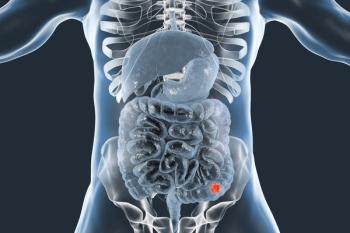
Expedited regulatory paths transform colorectal cancer treatment, enhancing access but creating challenges in clinical evidence and payer decisions.

Promoting interdisciplinary collaboration via molecular tumor boards and shared decision-making frameworks might improve the precision and applicability of testing in clinical settings, according to a set of new Academy of Managed Care Pharmacy recommendations.

Many potential colorectal biomarkers are only studied once.

A groundbreaking NLP algorithm accurately identifies precancerous gastric and esophageal conditions from EHRs, enhancing early detection and personalized patient care.

New research uncovers how cancer-induced nerve injury drives resistance to anti-PD-1 therapy, revealing potential strategies to enhance treatment efficacy.

A new prognostic tool combines albumin-prealbumin-globulin ratio and mid-arm circumference to enhance gastric cancer risk stratification and improve patient outcomes.
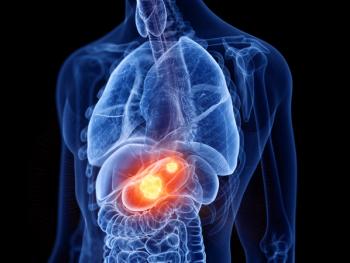
The Destinex assay revolutionizes gastric cancer detection with high accuracy, offering a noninvasive, cost-effective liquid biopsy for early diagnosis.

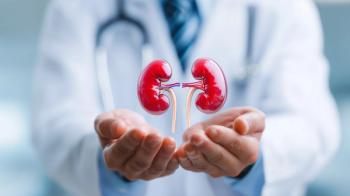
This recent study underscores the fact that biomarkers serve not merely as statistical instruments but as insights into disease biology.

Early combination therapy could translate into fewer downstream hospitalizations and lower costs associated with dialysis and cardiovascular complications.

Patients diagnosed with acquired (autoimmune) hemophilia, a serious and rare bleeding disorder, have high rates of hospital readmissions because of infections and bleeding, as well as high death rates especially among older patients.
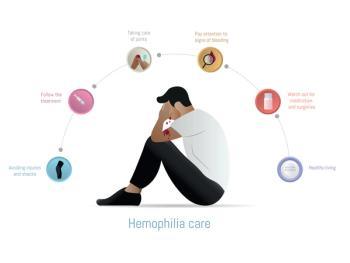
Results of a real-world study that included people with hemophilia from 33 countries show that people with hemophilia B, especially those with inhibitors, have the greatest unmet need.


Doing more to incorporate caregiver burden into value assessments and cost-effectiveness research of Duchene muscular dystrophy treatments was the focus of a recent International Society for Pharmacoeconomics and Outcomes Research (ISPOR) webinar.

The company says it plans to file for accelerated approval later this year.

Results show improved functional outcomes for people with Duchenne muscular dystrophy who are ambulatory. Elevidys, which is priced at $3.2 million per dose, produced $821 million in net product revenue for the company in 2024.

A systematic review and meta-analysis found some supporting evidence for transdermal anti-inflammatory patches, but the results might be described as, well, patchy.

For people with pain hyperacusis, everyday sounds trigger pain. The condition can lead to social isolation and worse. Treatment options are limited.

Positive results reported for pain from knee osteoarthritis among those who have obesity.

Poor balance and coordination are prominent features of Friedreich’s ataxia (FRDA). Czech researchers found that neuropsychiatric symptoms are also common among patients with FRDA.

Prescription of Neurontin (gabapentin) and other gabapentinoids has increased partly because they are viewed as a safer alternative to opioids.

Laser therapies may help with pain after a root canal, but a review of published studies shows their effectiveness can vary significantly. Further research is needed to identify the optimal approach.

As novel gene therapies emerge, there is a complex interplay among their potential benefits, the burdens they may impose and the risks involved, particularly when treating vulnerable populations such as children.


The ability to gather continuous, objective data on physical activity and upper limb movements may allow for a more comprehensive understanding of the daily functional capacities of patients with Friedereich's ataxia.

Published: August 16th 2024 | Updated:

Published: January 2nd 2025 | Updated:

Published: September 16th 2024 | Updated:
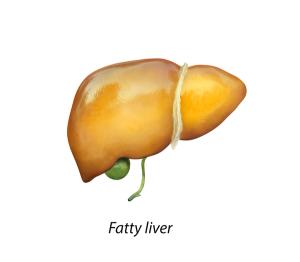
Published: November 9th 2023 | Updated:

Published: August 9th 2024 | Updated:
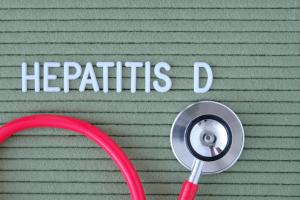
Published: October 22nd 2023 | Updated: